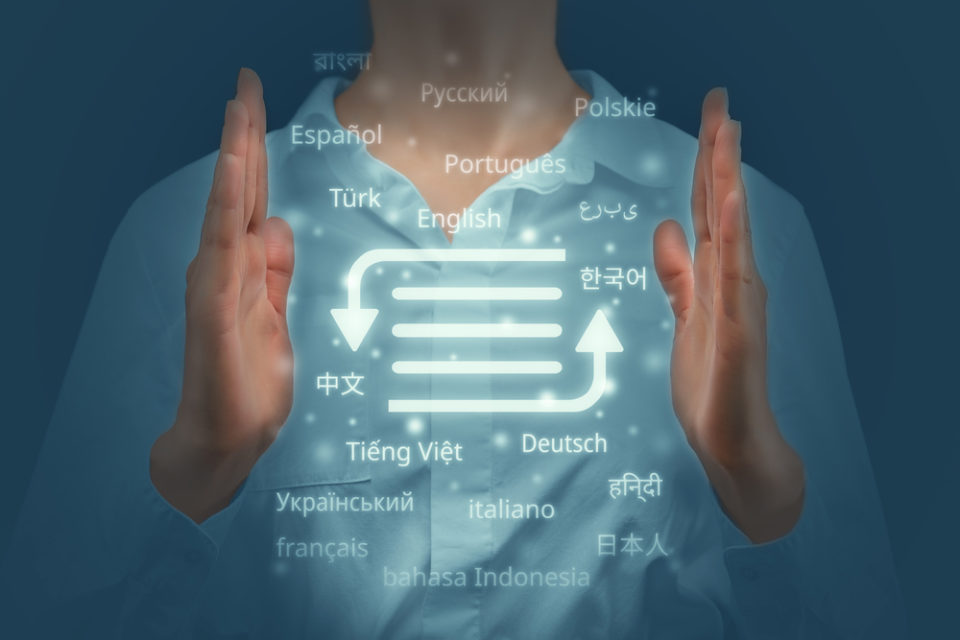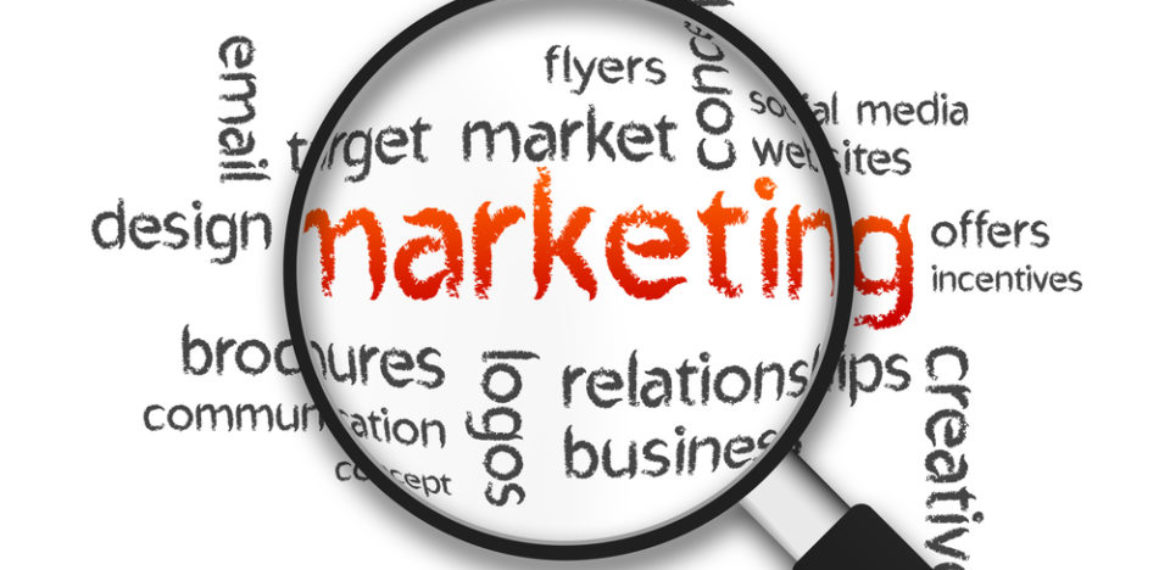Automatic translation seen through the lens of marketing: why it weakens the brand experience
While marketing changes, effective communication stays and determines whether the marketing efforts of a company are successful or not. In other words, channels and formats change, but words and language—be they in texts, ads, social media posts, or clips—stay and play a key role. Without linguistic content, a business would basically be mute. Communication is part of a brand: it is the language the brand speaks; it is the medium through which the brand shapes its personality. The types of relationships a company can build largely depend on the messages it chooses to convey and the way these are conveyed. For instance, well-written messages help to build trust, enhance the image, inspire connection, avoid confusion and are likely to achieve goals, while poorly written content can lead to misunderstandings, damage relationships, turn off the audience or simply fail to fulfil the intended purpose.
Do your foreign suppliers, customers and stakeholders deserve a poorer brand experience than their national counterparts?
All of this may sound obvious, and many brands do indeed seek to develop their own identity and cultivate their good reputation through authentic and high-quality corporate communication. But when it comes to translation—i.e., communication in a foreign language—quality often seems to no longer play such an important role. In other words, while suppliers, customers, and stakeholders speaking the same language as the company seem to deserve clear, pleasant-sounding, sometimes also ironic and playful language, the quality of the experience that foreign suppliers, customers, and stakeholders might have with the same company can be left to chance. Intelligible is enough. 
Why machine translation impacts negatively on the brand experience
One issue about translation services has always been that most buyers do not have the resources to evaluate the product they are delivered. With the introduction of artificial intelligence into the translation process, this inability to judge quality might be even more detrimental to the image of a brand. Machines are increasingly being used to translate content and more and more agencies are offering post-editing machine translation (PEMT) services, that is machine translations that are revised and edited by human translators to correct the content and improve the quality of the computer-generated output. This is not a problem in itself. Artificial intelligence will help meet the globally increasing demand for translation and partially support translators to raise their productivity. Also, since the implementation of neural networks, automatic translation systems have undoubtedly been producing better and better results. Their output is now generally intelligible and apparently error-free. It often sounds ok, so you think you can rest easy. But the fact is that computer-generated translations still contain errors—it has just become trickier to detect them. The machine puts out grammatically correct sentences even if it does not “understand” the meaning of the source or cannot draw on reliable input data to produce an adequate output. This is, by the way, also one reason for the very common lack of consistency in a machine-translated text. Hence, while one would expect machine translation to still be used only for texts which are not meant for distribution or marketing purposes, more and more companies are being talked into buying post-edited machine translation (PEMT) for their marketing content also. But marketing content is supposed to engage the audience, boost prospects, attract attention, communicate effectively, elicit an emotional response, etc. And all of this is fairly difficult to achieve when texts contain, among others, awkward phrasing, repetitions, and information that is not relevant to the target audience. Of course, PEMT means that human translators will review, correct, and edit machine translations and that buyers of this service will not be publishing content translated by an automatic translator only. However, several steps in the process may still jeopardize your efforts to communicate effectively. Let’s look at some simple reasons why you may want to refrain from using PEMT for the marketing documents you need for your success:
-
Your marketing content may end up containing irrelevant information
A machine translates everything that comes its way without any further “thinking”. Since it does not understand language, culture, or context, it cannot decide what is relevant to your audience, what can be left out, what should preferably be replaced or complemented with completely new information, what should be expressed differently, what is idiomatic, etc. These are types of decisions that only a human translator can make based on their knowledge of both the languages and culture/context as well as on their ability to understand the intended message of a marketing text.
-
Your brand may end up talking like your competitors’ brands
Most automatic translation systems used by agencies or publicly available on the Internet are trained with huge volumes of different documents that are not account-specific. Since you need to feed the machine with millions of words in order to produce usable output, most companies cannot have their own reliable automatic translation system. Hence, if you use a general automatic translation system, your website, brochures, correspondence, etc. will sound very much like those of other companies or even your competitors, as their translations all draw on the same sources, that is the input used to feed the machine—no matter how authentic and unique your content is in your own language. Conversely, human translators can connect to your tone of voice and corporate language, and also provide several linguistic solutions for any given marketing content. Theoretically, they may connect also when using an automatic system, but practically, once a human translator already has a (machine) translation on hand, they are influenced by this output, which makes it more difficult for them to create a content and style unique for the brand and purpose. The money you invested to create compelling and original content in your own language may therefore go to waste when translated into other languages.
-
Your brand may sound like it does not care much about its (foreign) customers and suppliers
Even if you excel in customer relationships in your own language, your foreign customers and suppliers will get to know you primarily through your translations. Automatic translation systems translate phrase by phrase—but that is not the way we communicate. We communicate through entire texts. And different languages do not structure texts/content in the same way and order. This is especially true when you need that kicking style that builds your reputation and makes you stand out. You may be thinking “Ok, but the human translator reviewing the machine translation will remove these flaws”. Theoretically, you are right, but practically speaking, you may have bought PEMT from an agency because it is cheaper. Now, since reviewing unnatural-sounding content and improving its style usually takes at least as much time as translating from scratch, the translator-editor is unlikely to venture into such an enterprise and, in most cases, will just check that the translated text is accurate and makes sense. This is because they are not paid enough by the agency to also rewrite it and turn it into a natural, pleasant-to-read text. For comparison, just think of how much time and effort it took for your own communication expert(s) to write and rewrite the text for your website in the first place. If you buy it cheap and fast, chances are high that your marketing content will be mediocre: it will be intelligible but not good enough to leave a great, professional, or even memorable impression on your audience—which is at the core of any marketing strategy that focuses on customers and relationships.
-
Given the negative impact on the user experience, your investment may turn out not to be as cost-effective as you think
Translation is not a good that you value and pay for per, say, kilogram, meter… or even word. Translation is a service that you invest in to achieve a return. If you set up a website, you probably want to boost your brand visibility, showcase your products or services, convert visitors into customers, and the like. When you have your website translated, you likely want to achieve the same goals in another market. What you likely don’t want is for visitors to bounce off your website quickly because they do not perceive you as trustworthy, inspiring, friendly, or professional and serious. Therefore, how effective is it in terms of conversion to have a language version of a website or a brochure that does not promote the image of your brand? In the end, what you pay for by buying a translation service is not words in another language, but what you can achieve with those words.
-
The quality of your translated marketing documents may keep shrinking year after year
At the last conference of the largest professional association of translators in Germany, BDÜ, many already pointed out that the quality of machine translation is expected to decrease, even if a system of machine learning is in place. The cause is twofold. On the one hand, by handling lower-quality texts on a daily basis, translators may get used to that poverty of language and slowly internalize it as normal. Also, if they mostly perform post-editing tasks, they will not be able to practice their creativity for new language solutions the way they have been used to and trained for. Consequently, language may become more and more homogeneous, and brands may not be able to diversify themselves in communication as they wish to. On the other hand, the quality of machine learning depends on the quality of the data used to feed the machine. If the latter decreases (consider for instance the scenario we outlined above, among other factors), the quality of the translations will decline as well.
Machine translation or not?
Generally speaking, we can and should welcome machine translation. There is no doubt that computers translate faster and can also help translators work faster. However, whether its use is reasonable and worth the investment depends to a large extent on the type of content a company needs to have in another language. If it is a manual or a technical document with no legal implication or stylistic ambition—that is, an informative document that people just need to understand—machine translation is a fantastic option to speed up the whole process and save money, too. In contrast, if it is marketing content that is intended to showcase your brand personality, values, vision, likeability, trustworthiness, and the like, then good old human translators are still the smartest and also most cost-effective solution.

